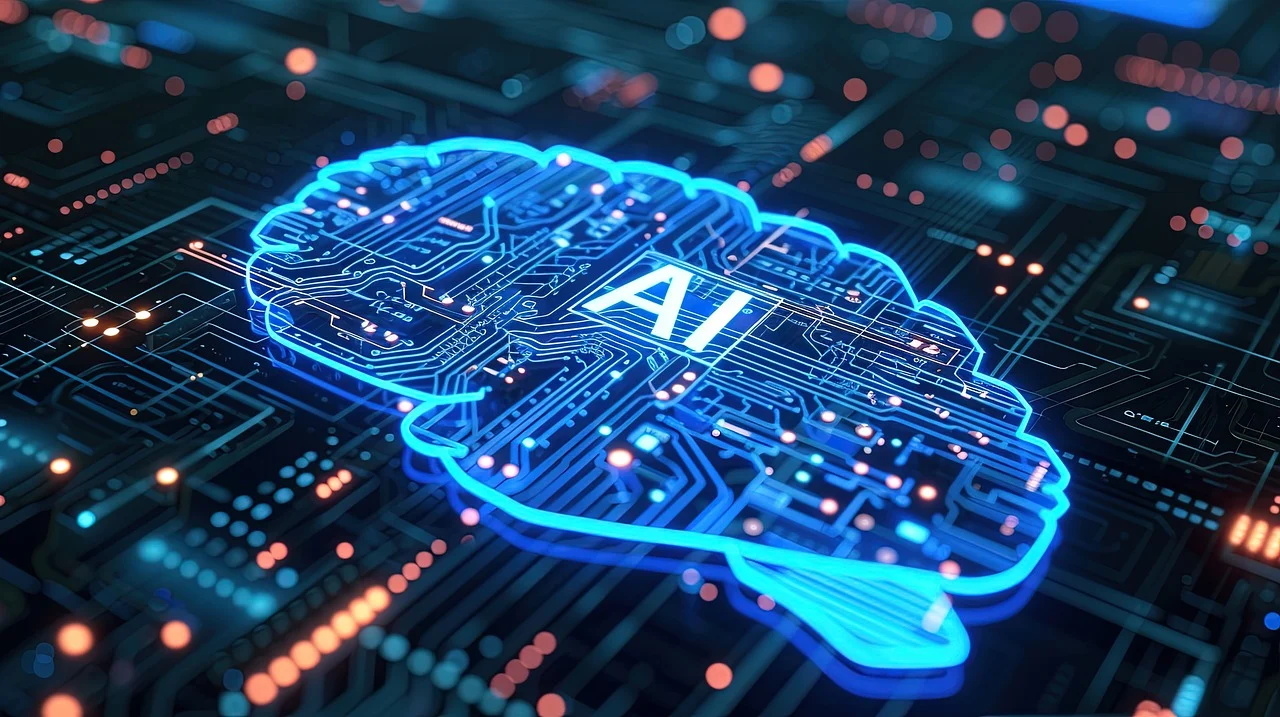By Solomon Alaka
Artificial Intelligence (AI) is increasingly being recognized as a powerful tool in the global fight against climate change. From enhancing energy efficiency and optimizing resource management to predicting climate patterns and driving sustainable innovation, AI is offering new ways to address the environmental challenges facing the world. However, the rapid growth of AI also brings with it concerns about its environmental impact, including energy consumption and the generation of electronic waste (e-waste). At COP29, world leaders discussed the dual role of AI as both a climate solution and a potential contributor to environmental degradation, highlighting the need for a balanced approach to harness its full potential for climate action.
AI as a Climate Action Tool
- Enhancing Resilience and Predictive Modeling AI is helping scientists and policymakers better understand climate change through improved data analysis and predictive modeling. Machine learning algorithms can process vast amounts of environmental data—from satellite imagery to weather patterns—helping to identify trends, predict extreme weather events, and model the long-term impacts of climate change. This allows governments and organizations to make more informed decisions, anticipate risks, and design climate adaptation strategies. For example, AI-powered models are used to predict the frequency and intensity of wildfires, floods, and hurricanes, allowing communities to take preventive measures. In agriculture, AI is being applied to monitor soil health, crop growth, and water usage, optimizing farming practices for greater sustainability.
- Optimizing Energy Efficiency and Decarbonization One of the most promising applications of AI in climate action is in the energy sector. AI can optimize energy use across industries, buildings, and transportation systems, reducing waste and cutting down on carbon emissions. In smart grids, AI is used to balance supply and demand for electricity, integrate renewable energy sources more effectively, and enhance the reliability of power systems. In addition, AI is being used to optimize energy usage in industrial processes, reducing inefficiencies and lowering emissions. For example, AI-driven algorithms are helping companies in the manufacturing sector predict when equipment needs maintenance, avoiding energy waste from malfunctioning machines. In transportation, AI is powering autonomous vehicles and optimizing traffic flow, reducing fuel consumption and lowering greenhouse gas emissions.
- Supporting Carbon Capture and Sustainable Technologies AI is also playing a critical role in advancing carbon capture and storage (CCS) technologies, which are designed to trap carbon dioxide (CO2) emissions from industrial sources and store them underground. AI algorithms help monitor and optimize the efficiency of CCS systems, ensuring that captured carbon is stored safely and effectively. Beyond carbon capture, AI is driving innovation in other green technologies, including renewable energy solutions such as solar and wind power. Machine learning algorithms are being used to optimize the placement of wind turbines and solar panels, predict energy output based on weather patterns, and improve the efficiency of energy storage systems.
The Environmental Costs of AI
While AI has the potential to make significant contributions to mitigating climate change, it also raises concerns regarding its own environmental footprint. As the demand for AI technologies grows, so too does the energy consumption required to train and run AI models.
- Energy Consumption and Data Centers AI models, especially large-scale deep learning networks, require enormous amounts of computational power. Training these models involves running complex algorithms on powerful data centers, which consume vast quantities of electricity. As the demand for AI services grows, so does the energy demand, potentially exacerbating the carbon footprint if the energy is sourced from fossil fuels. According to some studies, training a single deep learning model can emit as much CO2 as five cars over their entire lifetimes. This highlights the need for AI developers to prioritize the use of renewable energy sources for data centers and optimize algorithms to be more energy-efficient.
- E-Waste and Technology Manufacturing The rapid advancement of AI also contributes to the growing problem of electronic waste (e-waste). As technology evolves quickly, older devices and hardware become obsolete, adding to the global e-waste burden. The production and disposal of electronics involve significant environmental costs, including the extraction of rare materials, energy-intensive manufacturing processes, and harmful chemicals that are often found in discarded tech. At COP29, world leaders emphasized the importance of reducing the carbon footprint of tech manufacturing and recycling electronic devices to mitigate the environmental impact of e-waste. To this end, there is a growing push for the development of sustainable electronics, such as devices that are easier to repair, reuse, and recycle.
Balancing Opportunities and Risks: Moving Forward
As AI continues to evolve and its applications in climate action grow, there is a need to strike a balance between leveraging its potential and mitigating its environmental risks. At COP29, experts discussed how the tech industry can contribute to reducing global emissions while minimizing its own carbon footprint. Key strategies for achieving this balance include:
- Sustainable AI Design and Energy Efficiency Developers and companies in the AI sector can prioritize sustainability by designing energy-efficient algorithms that require less computational power to run. This could include optimizing the architecture of AI models to reduce their complexity and energy consumption, as well as investing in AI hardware that is designed to run on renewable energy.
- Green Data Centers and Renewable Energy Integration Data centers that host AI models and store large datasets are among the largest consumers of electricity. To reduce their carbon impact, companies should shift toward using renewable energy sources for their operations. Additionally, data centers can be optimized for cooling efficiency, a major factor in reducing their energy consumption.
- Circular Economy for Electronics In parallel with AI development, the tech industry needs to adopt more sustainable practices for the lifecycle of electronic products. This includes designing devices for longevity, repairability, and recyclability, as well as reducing the use of toxic materials in manufacturing.
- Collaboration Across Sectors Governments, tech companies, and environmental organizations must collaborate to establish clear guidelines and regulations that ensure AI technologies are developed and deployed in ways that benefit the environment. This could include promoting green certifications for AI products and creating incentives for companies to adopt sustainable practices.
Conclusion: Harnessing AI’s Full Potential for Climate Action
AI has immense potential to accelerate climate action by improving resource efficiency, enhancing climate resilience, and driving innovation in sustainable technologies. However, its environmental impact cannot be ignored. As AI continues to shape the future of climate action, it is crucial to develop strategies that maximize its benefits while minimizing its carbon footprint. By prioritizing sustainable development, energy efficiency, and responsible manufacturing practices, AI can play a key role in helping the world meet its climate goals while protecting the planet for future generations.
The conversation at COP29 and beyond is clear: AI is both a solution and a challenge in the fight against climate change, and it is up to governments, businesses, and researchers to ensure that the technology’s contributions are sustainable and aligned with global environmental goals.
References
- COP29 Climate Action Report
- International Energy Agency (IEA) 2023
- McKinsey & Company: AI and Sustainability
- Global e-Waste Monitor 2023



